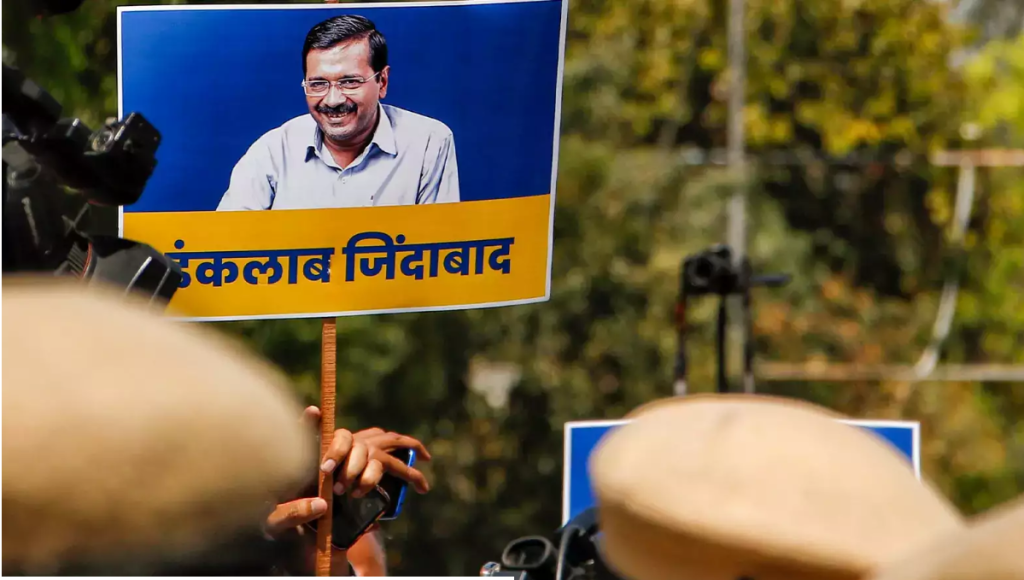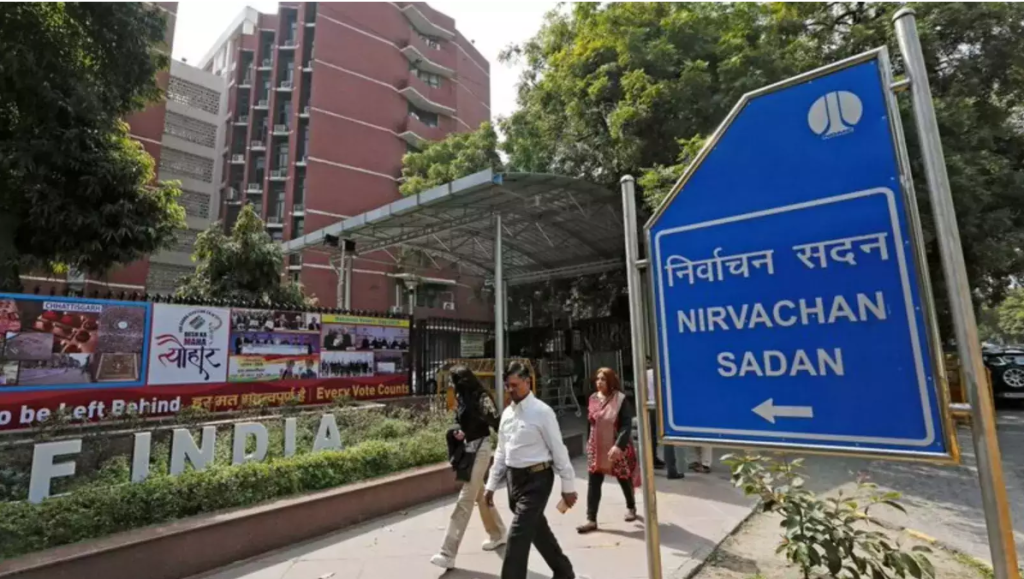Terrified that surging food prices will cause it to lose the coming state elections, the government has come out with an anti-inflation package banning most agricultural exports and slashing import duties on edible oil. Yet the biggest anti-inflation measure is hardly known or debated, although it will have serious consequences.
Domestic prices of fertilizers, petroleum products and rationed grain have been frozen by the government although global prices are skyrocketing. This price freeze will hugely raise implicit and explicit government subsidies. This could raise the true fiscal deficit (as distinct from budgetary fiction) of the Centre and states to the 10% level of 1990-91, when India went bust.
Finance Minister Chidambaram said triumphantly in his budget speech that his fiscal deficit in 2008-09 would fall to 2.5% of GDP, below the 3% target set in the Fiscal Responsibility and Budget Management Act. The fiscal deficit of the states may be another 2.5%, making a combined 5% for the Centre and states together. So, what\’s the problem? First, implementing the Pay Commission award will probably increase the fiscal deficit of the Centre and states combined by 1% of GDP. More important, skyrocketing world prices mean that hidden subsidies for petroleum, fertilizers and food may shoot up by another 4-5% of GDP. That could take the true combined fiscal deficit to 10% of GDP.
In 2007-08, price controls on petrol, diesel, kerosene and LPG resulted in under-recoveries of Rs 78,000 crore for the oil marketing companies. This subsidy was funded partly by the ONGC, partly by the oil marketing companies, and partly by oil bonds from the government.
Chidambaram claims that the oil bonds alone constitute a fiscal liability. That\’s fiscal fiction. The losses absorbed by the ONGC and oil marketing companies are really government liabilities too. These liabilities reduce the dividends declared by these companies, and reduce their cash available for new projects. To that extent, the companies have to borrow more for the same projects. The shortfall in dividends and additional borrowing of the oil companies are part of the true fiscal deficit.
Besides, oil prices have just hit a record $115/barrel. By contrast, the average prices in the four quarters of 2007 were $58, $65, $75.5 and $90.8/barrel. If oil price trends continue, under-recoveries of the oil marketing companies could soar this year to Rs 150,000 crore, or 3% of GDP.
The fertiliser scene is worse. The world price of urea, which was only $175/tonne in 2004, rose to $288 in April 2007, and $415 in early April 2008. China has just imposed a 100% export duty on urea and 135% export duty on diammonium phosphate, effectively stopping all exports. This will reduce globally traded supply of these two fertilisers by almost 20%. Russia, another major fertiliser exporter, has also announced a modest increase in export duty. Panic has swept through the world market. Ukraine reportedly wants a record $500/tonne for its next export tender.
Diammonium phosphate (DAP) shot up from $252/tonne in early 2007 to $752 in January 2008, and is now almost $1,300/tonne.The price of potassium chloride, a potassic fertilizer, is up from $270/tonne last year to $620/tonne.
The fertiliser ministry says the fertilizer subsidy required last year was Rs 47,000 crore, of which it got only Rs 22,500 crore from the government in cash and bonds. For 2008-09, the budget provides Rs 30,890 crore, but the ministry claimed in early April that Rs 90,000 crore was needed. After the Chinese export ban and spike in world prices, the subsidy required may be Rs 150,000 crore (another 3% of GDP).
India imported 1.8 million tonnes of wheat in 2007 at prices 50% higher than the domestic procurement price. It may have to import more this year if procurement falls below target. The domestic procurement price is also up 11%. The government is reluctant to raise the sale price at ration shops, in which case the food subsidy will shoot up.
Prices of oil, food and fertilisers look like staying high. The government will either have to raise prices sharply — and risk defeat in the state elections — or let the true fiscal deficit rise by another 4-6% of GDP. It will probably choose the latter course.
Borrowing for productive investment is justified. But borrowing for unproductive spending — like subsidies — is bad policy, and is unsustainable. The revenue deficit — borrowing for unproductive routine spending — was mandated to fall to zero in the FRBM Act. Alas, the huge borrowing for subsidies (by the Food Corporation, Fertilizer Corporation and government oil companies) constitutes a revenue deficit by other means.
This will have exactly the same impact on the economy as a massive rise in the fiscal deficit. Hundreds of thousands of crores of bank funds will be diverted from productive purposes to subsidies. Companies will find that credit is not available, except at high interest rates. Economic growth, which is already being slowed by a global recession, will slow down further. Difficult times lie ahead.




